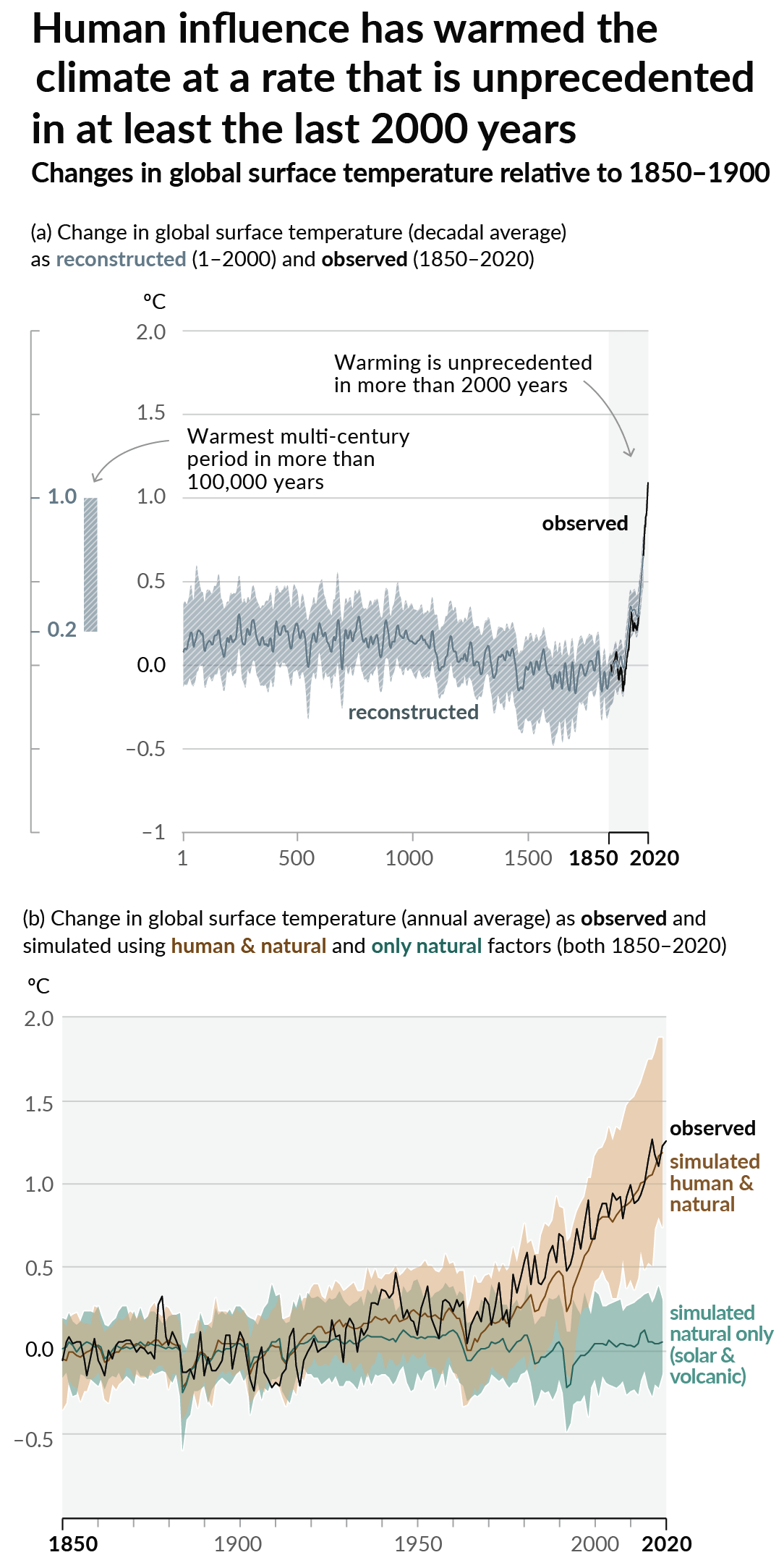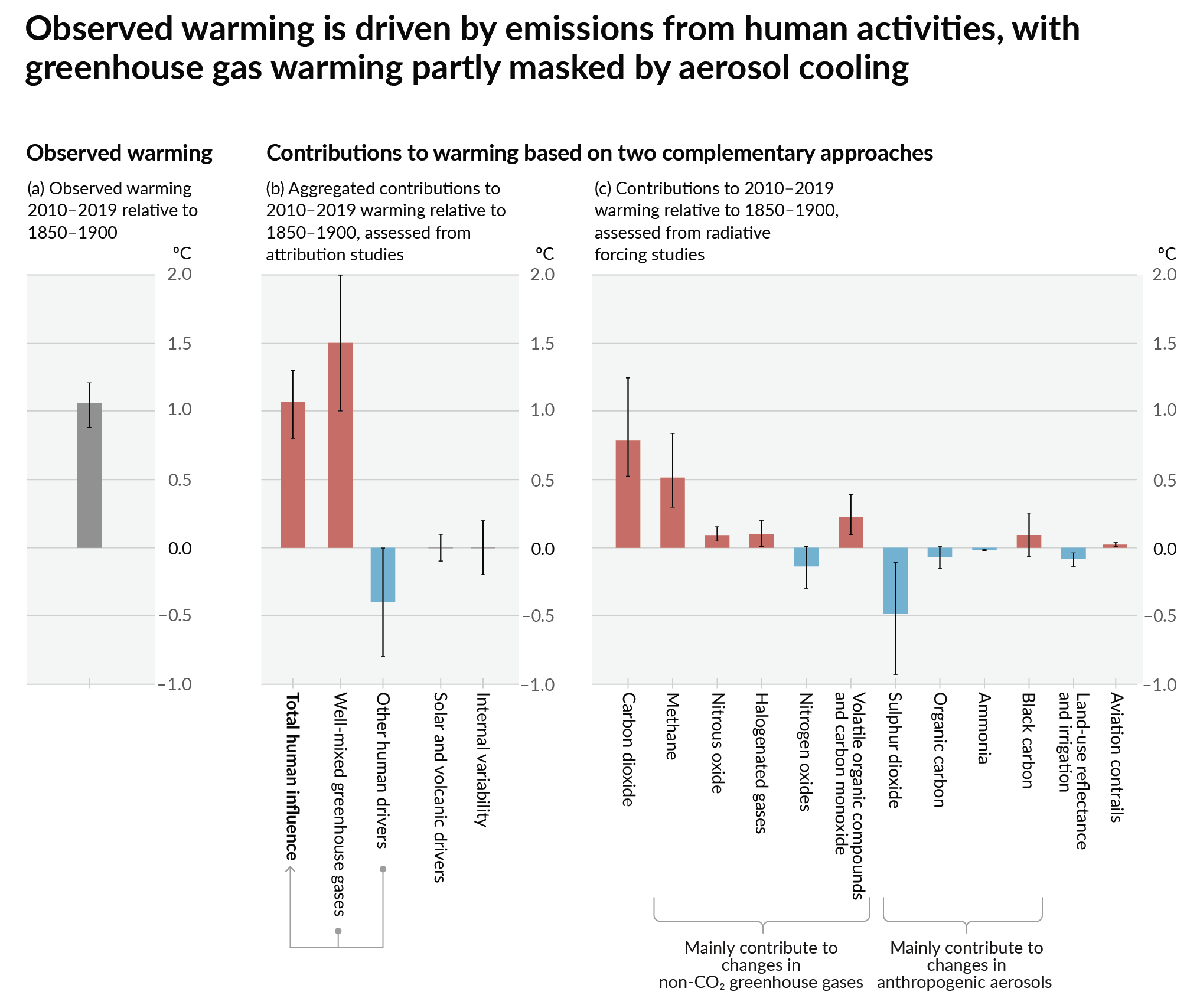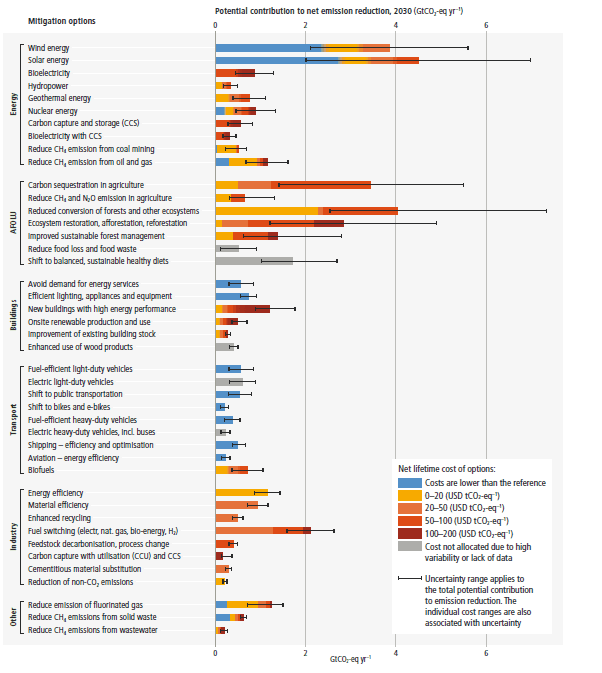21
you are viewing a single comment's thread
view the rest of the comments
view the rest of the comments
this post was submitted on 10 Apr 2024
21 points (76.9% liked)
Climate - truthful information about climate, related activism and politics.
7001 readers
291 users here now
Discussion of climate, how it is changing, activism around that, the politics, and the energy systems change we need in order to stabilize things.
As a starting point, the burning of fossil fuels, and to a lesser extent deforestation and release of methane are responsible for the warming in recent decades:

How much each change to the atmosphere has warmed the world:

Recommended actions to cut greenhouse gas emissions in the near future:

Anti-science, inactivism, and unsupported conspiracy theories are not ok here.
founded 2 years ago
MODERATORS
For those who don't want to read the rambling article.
Weird how they don't mention another huge factor, aerodynamics: drag coefficient and cross sectional area.
Current evs mimic ICE car styles with a grill at the front, which is can be very detrimental to the efficiency at high speeds.
I think because it has less potential for improvement. Cars like the Ioniq 6 and Model 3 have already gotten nearly as good as they can without straying from being what is typically thought of as a car (side by side front and rear seats). So, we know we can make aerodynamic vehicles.
Yes, there are the dumb ones like the Lightning and Hummer, but the article does mention efficiency standards should come in the future, which bring a minimum standard of energy use per unit distance. Those will hopefully nudge those types of vehicles to improve.
I think this is a dangerous line of thinking, there's always room for an improvement, and little aerodynamic improvements can have huge efficiency savings.
Drag coeff is gonna be hard to improve, but I think it could get significantly better by ditching the classic car shape, I wish manufacturers were willing to experiment more.
Especially the front area, which used to hold engines, and the inefficient hatchback shape.
Cross sectional area can be improved by changing how space is used. Frontal area is more costly to use that length, so so smarter use of say where batteries are relative to feet, can give the feel of more depth while not adding to the frontal area.
I agree, there can still be improvements in many areas. I would say ditch this whole discussion and argue that personal vehicles shouldn't be the primary option and the focus should be on more efficient and effective public transport instead. But on the personal vehicle side, the practical first step is phasing out ICE vehicles, which brings a huge overall improvement to transport efficiency as it stands. The second step would then be making the least efficient EVs more efficient. EV development and design can still progress during that time, but millions of km of roadway is constructed based on this standard shape of vehicle. If you want more efficient than the I6 and M3, I'd say get an electric motorcycle.
I don't like this line of thinking because the resources required to replace every car we have with an electric one (and if things continue as is, they'll also be bigger). We need to have way fewer cars. Our personal vehicles should be in the shape of bicycles.
...which is why I said we should "ditch this whole discussion and argue that personal vehicles shouldn’t be the primary option and the focus should be on more efficient and effective public transport instead."
Unfortunately, much of North America was developed to be reliant on personal vehicles. I love to bike when I can, but development needs to change to make it a practical form of transport for most trips.
I wasn't sure where you were going with the "I would say..." part, so I thought it was worth saying.
And to that I would point out that much of North America was redeveloped for the car, since most cities were once walkable and had great public transport networks. It was redeveloped once so it can be redeveloped again.
I don't disagree, but I don't think that type of redevelopment will be nearly as quick as we need it to be.
Thanks for the summary.
The problem with most of thouse of course, it that there are good reasons why we don’t do them already, mostly cost. Higher density batteries means the low cost, very scalable, and rare material-less batteries like LFP or Sodium Ion are right out, rolling resistance is very hard to reduce without sacrificing road adhesion and traction, and carbon fiber can’t be welded or bent to shape, making manufacturing more difficult and expensive.
From a climate perspective, what matters is the boring everyday sedan, suv, minivan, and pickup, not the top of the line luxury market, as much as amarican automakers would like to pretend otherwise.